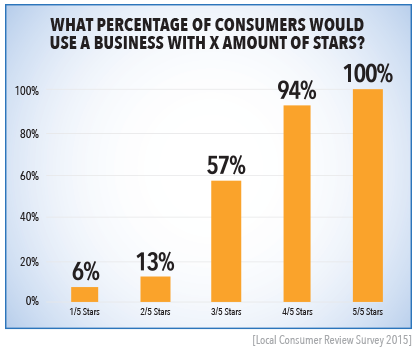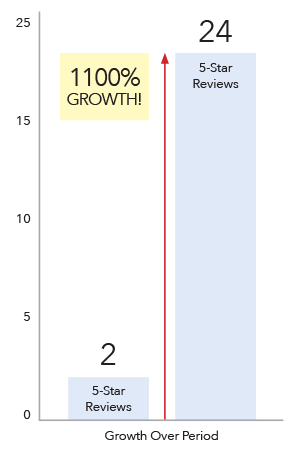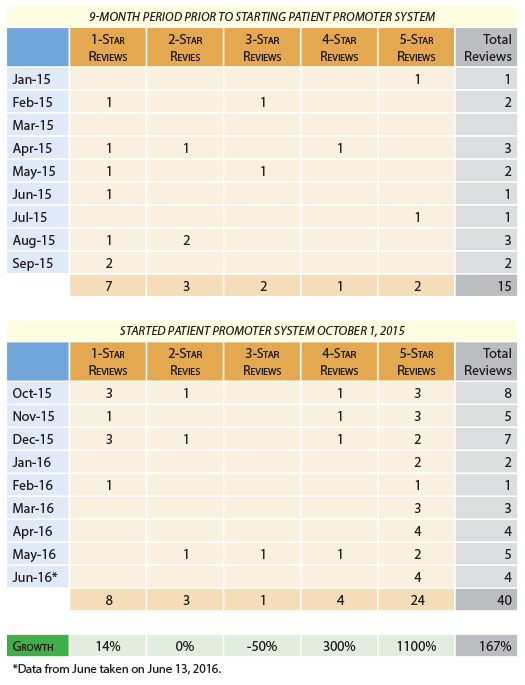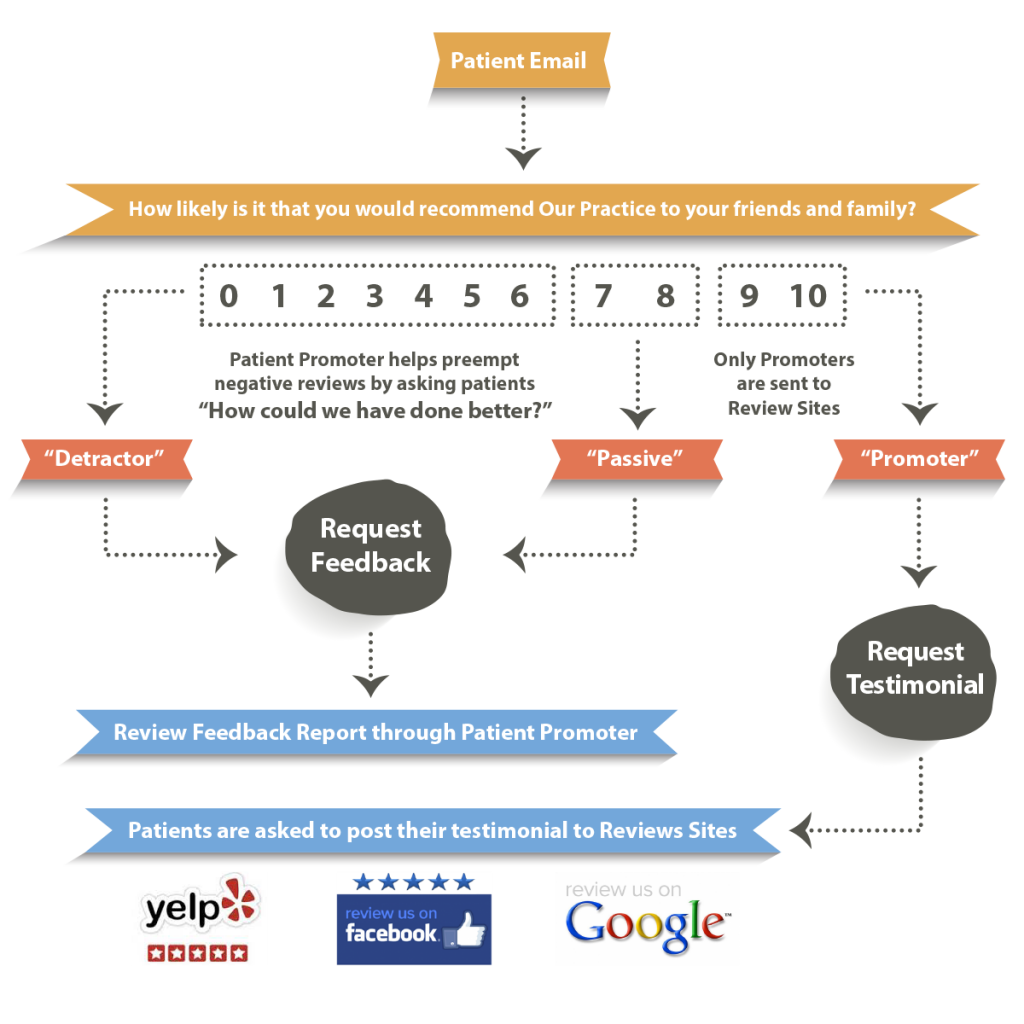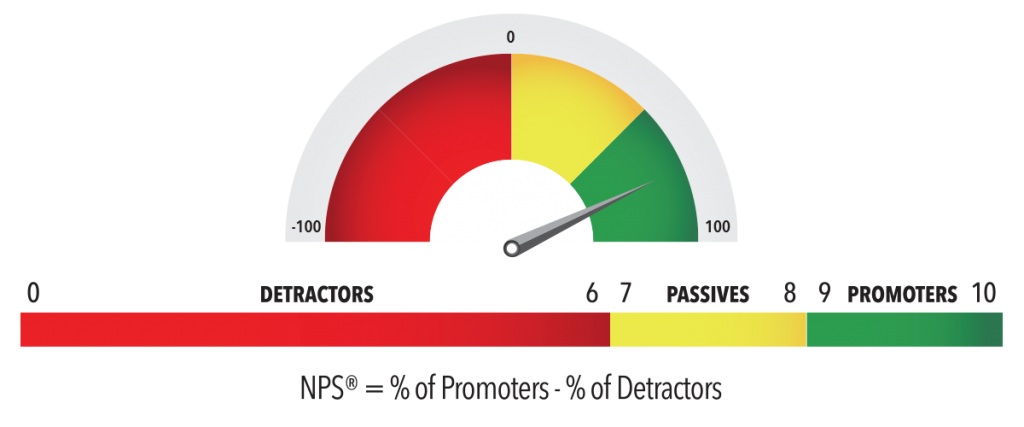A Proven Solution Designed for Your Medical Practice
Smartphones and Social Media have dramatically altered the landscape of the market. Consumers have become more dynamic, empowered, and capable of easily voicing their opinions online. This has significant relevance for healthcare providers throughout the country.
Patient Referrals are the Lifeblood of any Medical Practice
Patients are concerned about the quality of service they receive as practices try to maintain profit margins in the face of competition. This is nothing new. However, online reviews on websites like Yelp have completely altered and revolutionized how patients approach selecting and referring a doctor.
“It takes 20 years to build a reputation and five minutes to ruin it.
If you think about that, you’ll do things differently.”
-Warren Buffett
Traditionally, patients found their preferred doctor or practice through word-of-mouth referrals or direct mail advertisements. Patients had limited access to information and lack of time prevented them from gathering reviews and referrals from a collection of people before booking an appointment.
Online review sites and platforms have turned this model on its head in three ways:
- Firstly, they allow consumers to easily rate their experience, both quantitatively (via star rating) and qualitatively (via text).
- Secondly, they aggregate reviews in real-time, allowing visitors to know the number of reviews and average rating.
- Thirdly, and most importantly, review platforms allow consumers to compare reviews and ratings with other local medical practices.
Review sites and platforms allow all of this to happen without practices having a voice in the process or in deciding what reviews stay or go.
Consumers are leaving reviews and affecting your competitiveness, practice’s online presence, reach, and affecting how people will perceive your quality of service.
Whether your practice is actively monitoring and managing its reviews or not, your patients (satisfied or otherwise, prospective or current) are reviewing your service or those of your competitors.

The 5-Star Problem
You cannot prevent patients from reviewing and rating your practice.
You can only manage it.
Reviews and rating works two ways: If the patients offer the right star rating and review, your aggregate goes up. However, if they have not been qualified to give you the rating you deserve and are left on their own, lower star rating (even a 4-star) can affect your overall rating.
How is it possible to lose a star rating even if you deserve it?
For instance, a patient may make a subjective negative assessment, let’s say 3 stars, of the practice because their wait time was over 20 minutes. Additionally, the patient adds a generic review about why he/she gave you less stars because of the long wait time.
Both the star rating and review create a perception that may not be reflective of the actual experience or even what the patient intended to say. Perhaps the patient was late to the appointment but the wait time did not match their expected wait time so they felt let down and maybe even late for another appointment. The experience is out of your control but the rating and review is in the patients control.
What motivates a patient to leave these reviews? It would be a quick assumption that they are being spiteful and want to harm the practice in some way. Maybe the patient is trying to be helpful by providing feedback indirectly. It’s not like they are going to call the practice back and tell the front desk what a poor job they did to manage the wait time even after they were a little late to the appointment. But if that information was public then the practice would read about it and take action.
With the popularity of these review sites, it’s critical to manage this feedback system. You can’t leave it up to unhappy patients, for whatever the reason, to go out and leave their feedback on public review sites. It is important to design the feedback into your process so the patient feels included. When the satisfied patients don’t leave detailed, helpful reviews, then your practice(s) are not only losing the reviews you deserve, they are losing the potential volume of traffic of new patients.
This problem/challenge can be overcome if you “qualify” patients so they will take the time to give a substantial positive review and rating for your services—a review that is actually reflective of the service and patient care your practice has delivered.
